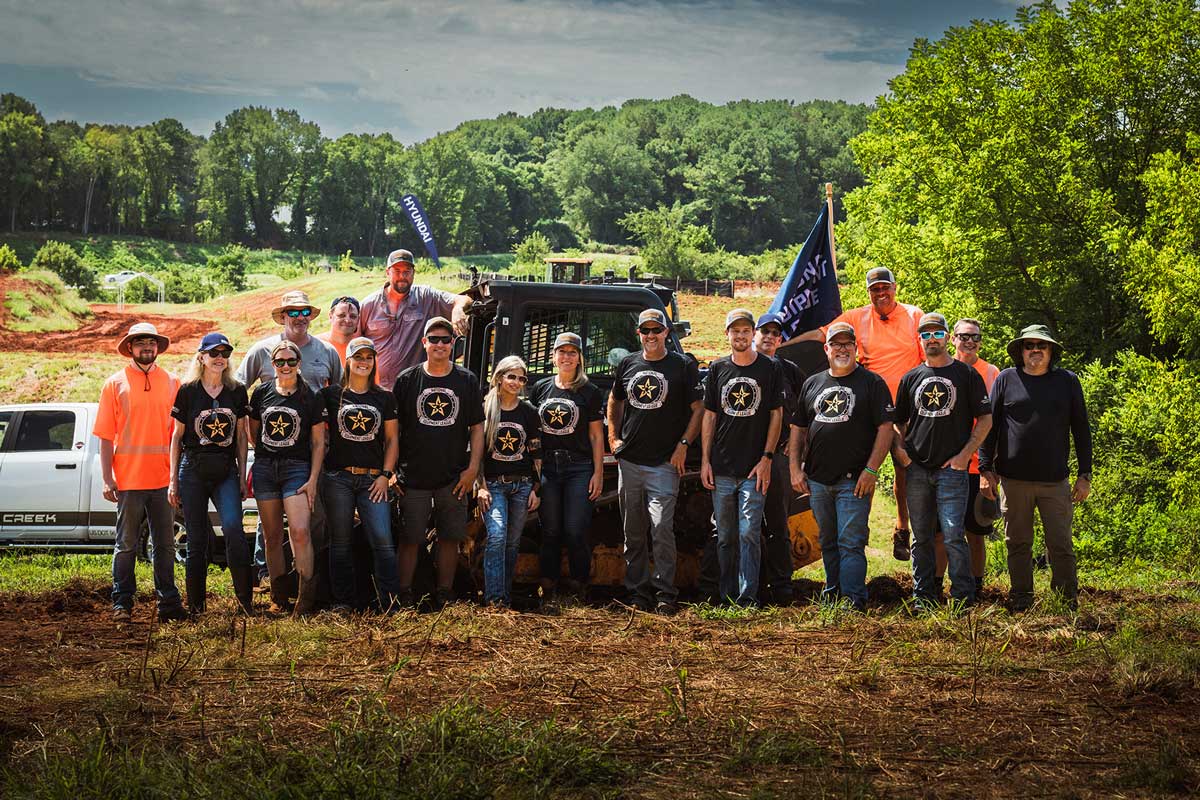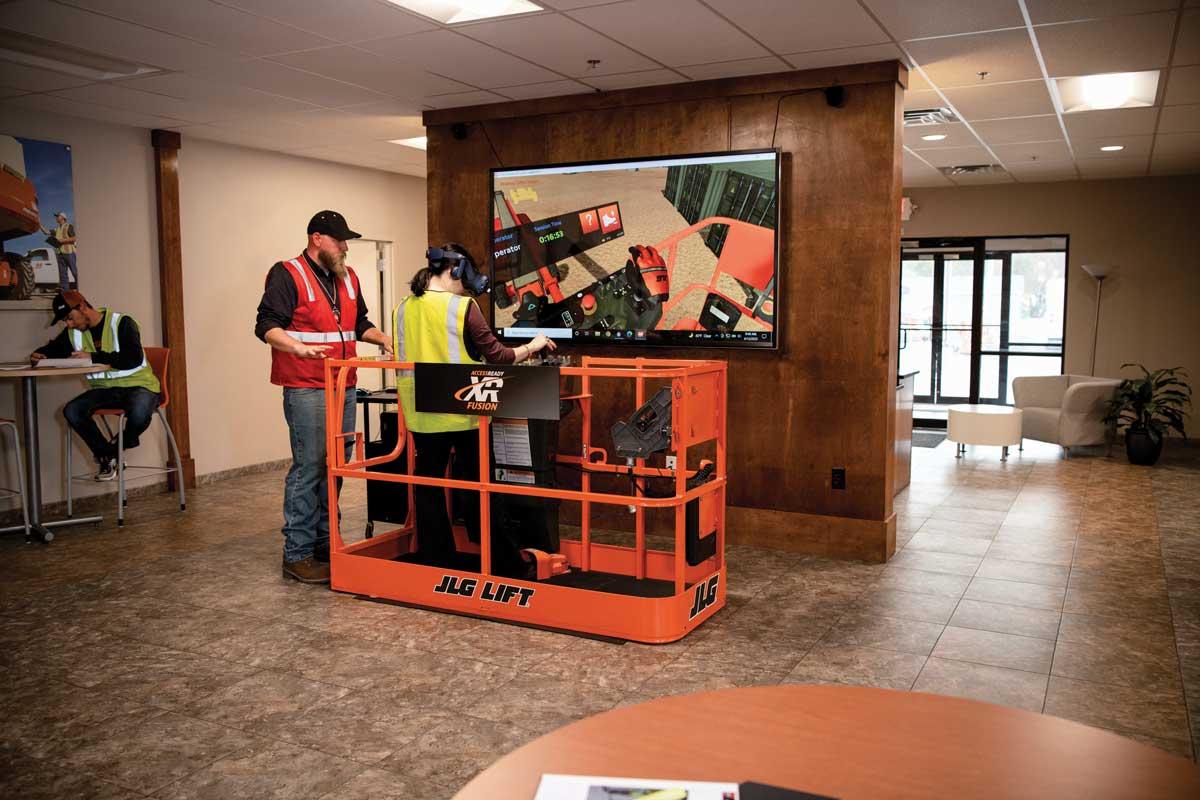Why Construction Companies Should Consider Simulation Training
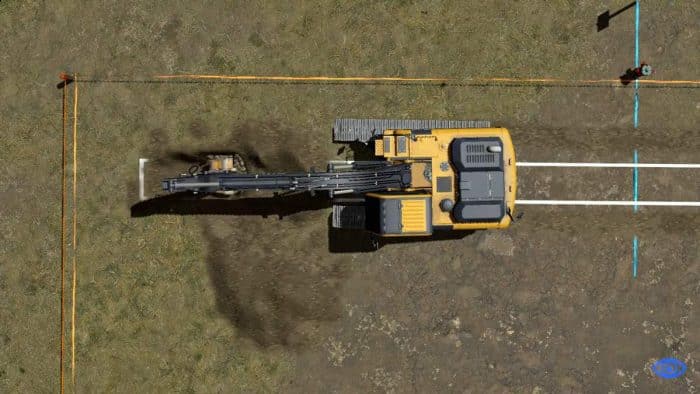
There’s only one way out of the labor shortage in the construction sector, and it requires attracting more young people to the field, safely training them and setting them on a course for fulfilling careers. However, saying that we need to train more young people is easy. Finding the time, money and resources to do it while still meeting production demands is the hard part.
Simulation training can be that bridge from the old guard to a new generation of heavy equipment operators. It offers such a competitive advantage over traditional approaches that companies not yet using simulation training systems risk being left behind.
Simulation Transforms Training
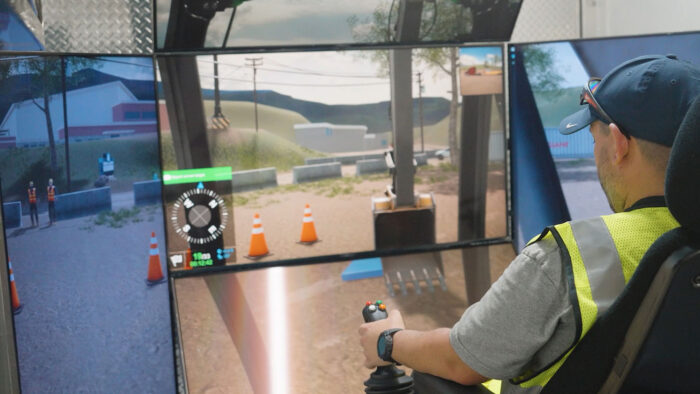
Compared to training on real equipment, simulation training offers key benefits that can’t be found in real life, like training in a 100 percent safe environment and training for things to go wrong in that safe environment. Below are five reasons the industry at large is adopting simulation training as a way to alleviate the labor shortage and train the next generation.
1. Safe Learning Environment
No matter how disastrous a trainee’s mistake, they can’t be harmed or damage equipment in a simulation. A trainee could tip a simulated mini excavator or swerve a simulated forklift on wet pavement into warehouse shelving. On a simulator, they can learn from the experience and immediately try again rather than taking a visit to the emergency room, or worse. Telling a new operator not to drive with a full bucket at height is effective, but showing them what can happen when they do all but guarantees a permanent connection in their brain. This allows novice operators to approach lessons calmly, experiment and learn from mistakes. As a result, heavy equipment operation becomes less intimidating for the next generation of operators, who are far less likely to come from a farming or construction background these days.
2. Faster Controls Familiarization
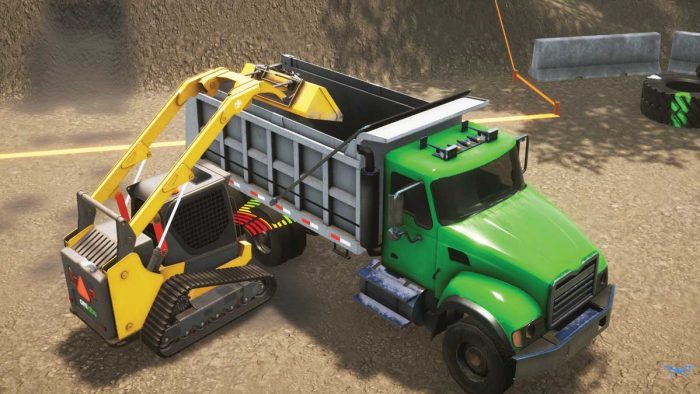
Simulation training is not a video game. It’s a highly detailed, ultra-realistic digital representation of a work environment that incorporates real-world physics and high-quality controls to develop real skills. Sophisticated simulators will use the exact same OEM quality controls that are found in the real equipment, in the pursuit of making the transition to real equipment easier. Once a trainee graduates from the simulator to the real equipment, it’s a lot better when the controls they end up using are close in terms of quality and button layout.
Simulation training also provides an operator with more iterations of an activity in a drastically shorter amount of time. Think of it as a concentrated dose of training. In the field, a mini excavator operator training to dig a trench will dig, then spend the same amount of time filling in that trench and maybe another operator will have to follow up and grade the soil. In contrast, novice operators training on a simulator can simply press “reset” and begin again after digging a trench. This cuts out the menial work and increases the “density” of the learning. It’s no surprise, then, that 12 hours on a simulator has been shown to match the effectiveness of a full week of on-site training.
3. Cost Savings
Training with real equipment is expensive. It burns fuel and causes wear and tear, contributing to escalating costs as the machines age. Every hour a machine is used for training shortens its operational lifespan. Plus, two people don’t generally fit in the cabin of a machine so an instructor can watch directly what is happening.
Meanwhile, every telehandler, mini excavator, wheel loader or compact track loader trained on using a simulator is one extra machine available on the jobsite (to be making money rather than losing it). Simulation training allows construction companies to dedicate more of their fleets to revenue-generating activities.
Real equipment also creates training bottlenecks. If only one wheel loader is available, only one operator can train on it at a time, leaving the rest of the class to observe. For the same price as one piece of heavy equipment, a training facility could purchase several simulators, each loaded with more than a dozen training packs, empowering multiple operators to train simultaneously and increasing the trainee/instructor ratio.
4. Training for Hazardous Scenarios
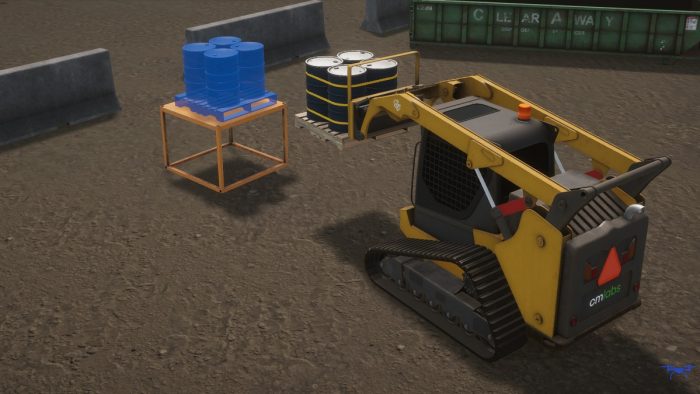
There are many hazardous scenarios that are beneficial for novice operators to encounter but far too dangerous to recreate in a live environment. What does it feel like right before a mini excavator tips over? What do you do when you get a flat tire? What does it feel like operating a forklift over wet and slippery surfaces? What do you do if what you’re lifting has an unstable center-of-gravity?
Simulation training allows operators to practice rare and dangerous scenarios in total safety, developing skills without incurring risks. Similar to how pilots learn to land a plane that has lost an engine on a flight simulator, construction operators can benefit from that same edge-case training.
Using simulation training, instructors can inject machine faults and weather conditions — such as broken tracks and reduced visibility — into a normal training exercise, challenging trainees to respond to unforeseen hazards, just as they would have to in real life.
5. Teamwork and Soft Skills
Jobsites are collaborative environments, but training two different pieces of heavy equipment in tandem doubles the cost of training. Linking simulators in a shared training exercise allows novice operators to develop the communication and interpersonal skills that promote jobsite safety. This doubles as an opportunity to promote teamwork, camaraderie and shared learning.
How to Make the Most of Your Simulation Training
The most sophisticated training simulators still require the active participation of the operator as well as guidance from experienced instructors. To get the most value out of your own training experience or your company’s training program, consider these best practices:
- Embrace mistakes as growth opportunities: It’s okay to make mistakes on a simulator. Operators and instructors can use lessons to push the limits of the machine. On a simulator, there is no damage that can be done, only lessons to be learned.
- Seek feedback: Simulation provides the ability to tailor feedback and give over-the-shoulder guidance to novice operators. Operators can ask questions and take advantage of advice in real-time.
- Treat the simulator like real equipment: The best simulation training takes every detail into account. It uses real physics, real controls and the real capabilities of the machine. If operators treat it like the real thing, they can develop muscle memory that leads to safe operation.
- Use simulation for career growth: Simulation training is an excellent way to expand an operator’s skillset and prepare for certifications to operate different pieces of heavy equipment.
- Leverage reporting features: Simulation training systems offer detailed performance reporting after each exercise. Instructors can leverage this data to spot and correct mistakes as well as track improvement over time.
- Follow structured learning paths: Instructors can customize training paths to the unique needs of an organization or trainee. They can use exercises to ensure trainees master fundamental skills before progressing to advanced skills, ensuring that a strong foundation of the fundamentals exists.
Simulation Training Is Ready for Mass Use

The benefits of simulation training are not theoretical. By using simulators, companies have reported halving their training costs, dramatically accelerating training times and even drawing huge crowds at job fairs and other recruitment events. With the support of simulation training, it’s possible to overcome the labor shortage and pave a bright future for your organization.
Alan Limoges is the manager of product growth at CM Labs.

